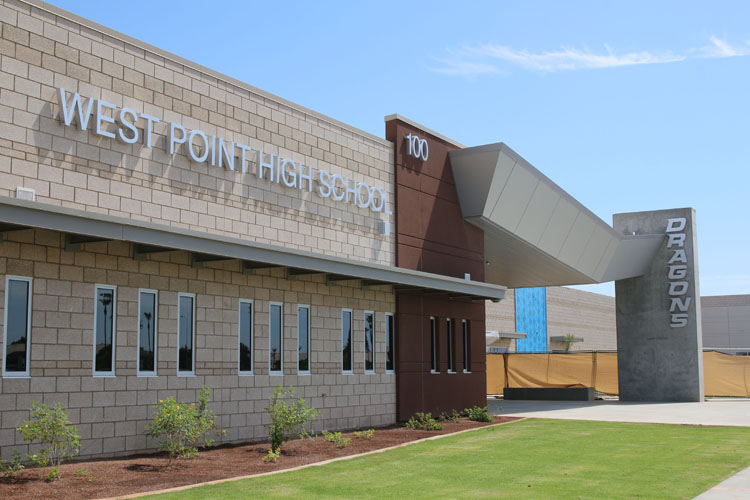The Arizona School Facilities Board helps fund new school buildings and renovations in Arizona to relieve outdated and overcrowded classrooms throughout the state.
Since 2000, the board has used their funds to help build more than 320 new schools, according to Kerry Campbell, the deputy director of operations for the board.
The board budgeted $80 million for building renewals and $75 million for new school facilities for fiscal year 2020.
School districts apply to be awarded money from the board for building projects which include renovations and repairs, upgrades to building systems, and infrastructure costs.
Schools that apply for new facilities schools are not always awarded money from the board. Campbell said many schools instead use bond money to pay for a new school while others use funds from bonds and the board, which often completely finances schools in rural Arizona, according to Campbell.
The board’s demographer looks ahead eight years to analyze population growth, helping to determine whether a new school is in a district’s future.
“If during that eight-year period it looks like they may have more students than they have capacity for, then they would qualify for new school facilities funding,” Campbell said.
Districts begin planning for a new school at least four years before enrollment reaches maximum occupancy.
Tolleson Union High School District, in the West Valley, became overcrowded and was able to qualify for a new school with facilities funds.
West Point High School, opened in August, cost more than $100 million, financed through a bond and partially funded by $48 million from the facilities board.
“We were turning students away this past year,” said Jeremy Calles, the chief financial officer for the Tolleson Union High School District. “With the new high school we don’t have to worry about that and now we can go back to taking everyone who wants to attend our schools again.”
In the midst of the overcrowding at the Tolleson district, teachers were forced to give up their lounges in an effort to make more classrooms for students. Portable classrooms were also used at some of the high schools and the district hopes that they will eventually be taken out.
“Now with the overcrowding addressed,” Calles said, “all of our schools can get back to operating the way they were designed.”
West Point High School employs nearly 100 people and brought in freshman and sophomore students during phase one this year, Calles said. It will gradually add other grades until all students – grades 9, 10, 11 and 12 – are served and it graduates its first seniors in 2021-2022, according to the school website. When the school is composed of students of all grades, it will enroll nearly 3,000 students.
Story by Abbagail Leon, Cronkite News




